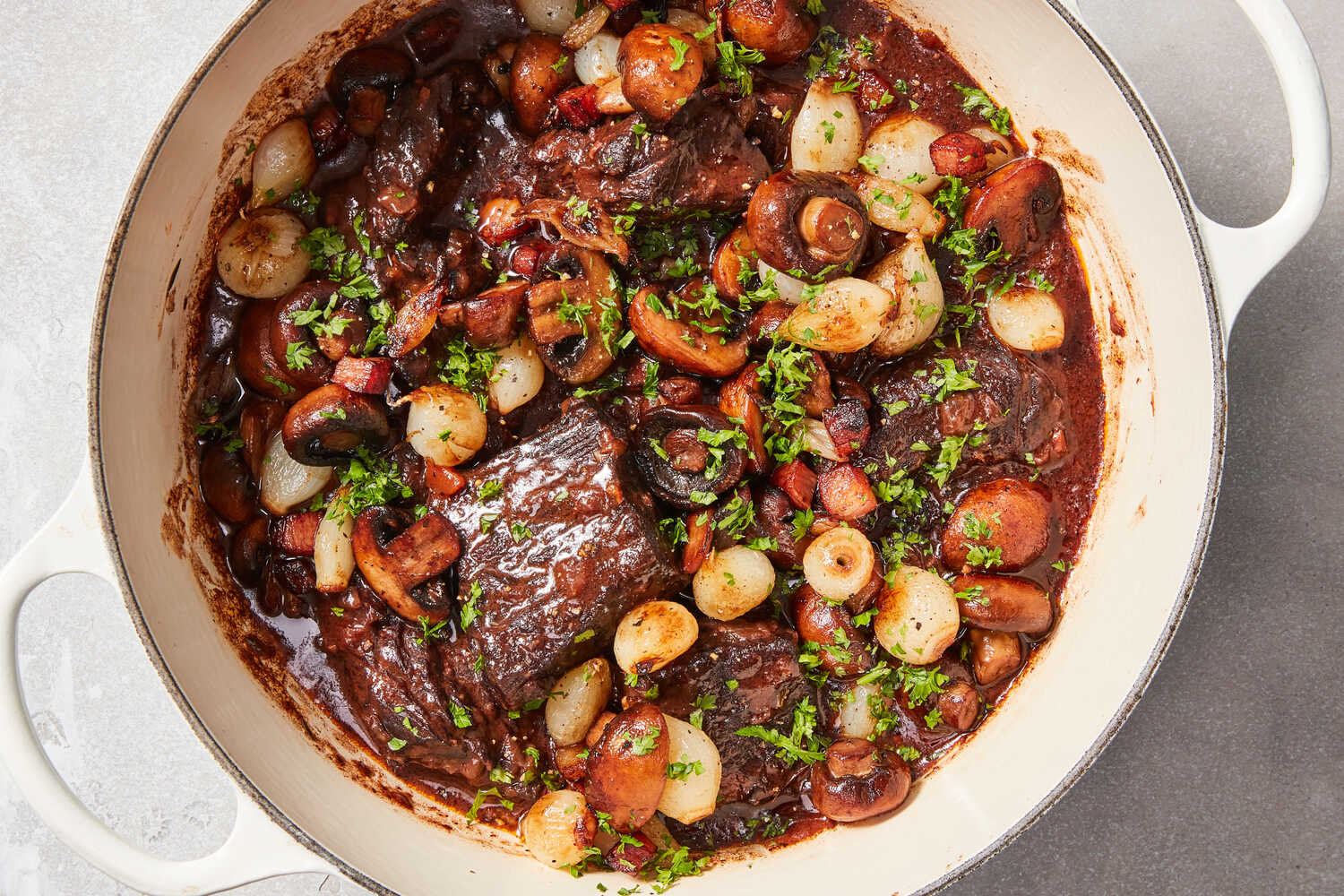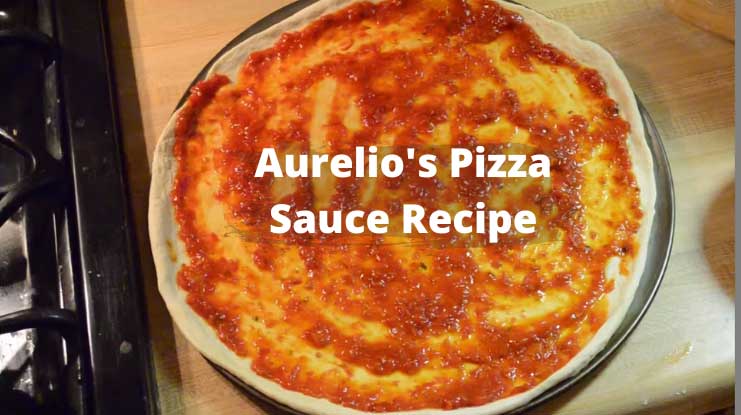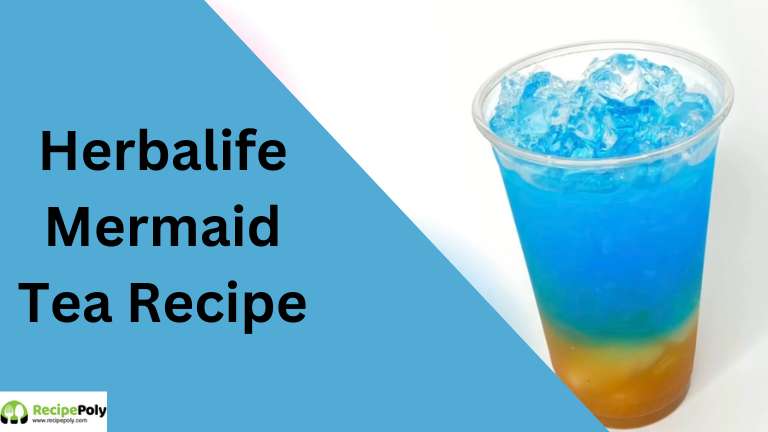Every year, the global demand for cold-pressed juice surges by over 7%, reflecting a growing consciousness towards holistic health and wellness. This trend is not just a fad but a transformative shift echoing the benefits of nutrient-packed beverages. Cold-pressed juices, unlike their regular counterparts, retain maximum vitamins and enzymes, thanks to the hydraulic press method that gently extracts juice without heat.
Cold-pressed juice recipes are as old as innovations in juicing techniques, dating back centuries. Yet, with digital advancements, these recipes are now celebrated in sophisticated culinary spaces. A study highlights that 68% of people pursuing a healthier lifestyle view these juices as indispensable, underscoring their standing in modern health routines. Such statistics draw a compelling picture, differentiating cold-pressed juices as both a culinary delight and a nutritional powerhouse.
For those seeking a nutritious and refreshing beverage, this expertly crafted cold-pressed juice offers a vibrant medley of flavors while retaining essential vitamins and enzymes. By utilizing a hydraulic press, the method ensures that nutrients remain intact, transforming fruits and vegetables into a pure, health-boosting juice. Ideal for wellness enthusiasts, this expertly curated recipe brings together taste and nutrition, elevating your daily health routine.
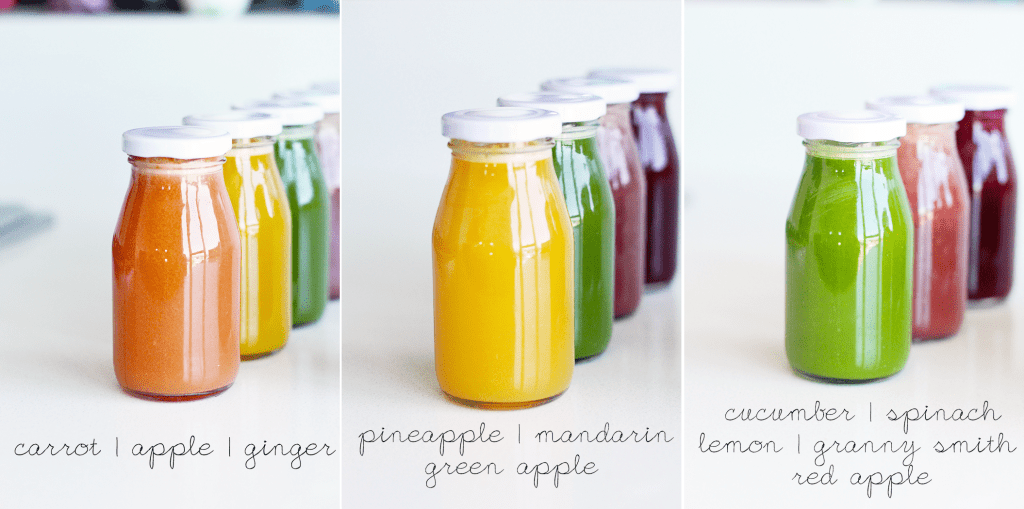
Choosing the Right Ingredients for Cold Pressed Juice
Selecting the right ingredients is essential for creating a tasty and nutritious cold-pressed juice. Fresh fruits and vegetables are a must to ensure you get the best flavors and nutrients. Adding a few unique extras can make your juice special and healthy.
- 2 cups fresh spinach leaves
- 2 medium-sized apples, cored and chopped
- 1 large cucumber, peeled and sliced
- 4 stalks of celery, chopped
- 1 inch piece of fresh ginger, peeled
- 1 medium lemon, peeled and halved
- 1 cup fresh pineapple chunks
- ½ cup mint leaves
- Optional: 1 tbsp chia seeds for added fiber

Get to Know More About Cold Pressed Juice
Cold pressed juice is a popular choice among health enthusiasts because it packs a powerful nutrition punch. This juice is made by gently pressing fruits and vegetables to keep their nutrients intact. Knowing more about the process can help you appreciate every delicious sip.
General Information
This table provides details about cold-pressed juice preparation and related difficulty levels.
| Category | Details |
|---|---|
| Making Difficulty | Easy |
| Preparation Time | 10 minutes |
| Juicing Time | 15 minutes |
| Serving Size | 2-3 cups |
| Drink Type | Beverage |
Step-by-step Instructions for Making Cold Pressed Juice
Making cold-pressed juice at home is fun and easy if you follow the right steps. By doing it yourself, you ensure the juice is fresh and packed with nutrients. Let’s dive into the simple instructions for crafting your own delicious juice.
Prepare Your Ingredients
Start by gathering fresh fruits and vegetables. Wash them thoroughly under running water to remove any dirt or chemicals. It’s important to use organic produce when possible for the healthiest juice.
Once washed, cut large fruits and vegetables into smaller pieces. This makes it easier for the juicer to process them. Remember to peel citrus fruits, like oranges and lemons, to avoid any bitter flavor in your juice.
Set Up Your Juicer
Next, get your cold press juicer ready for action. Cold press juicers work by grinding and pressing ingredients, so they need to be assembled correctly. Review your juicer’s manual to ensure you have all the parts put together properly.
Before turning on the juicer, place a container under the spout to catch the juice. Make sure to have another bin for the pulp if your juicer doesn’t have one built-in. This setup will help keep your workspace tidy.
Juice Your Ingredients
Start feeding your prepared ingredients into the juicer slowly. It’s best to alternate between different items, like leafy greens and harder fruits, to prevent the juicer from getting stuck. Watch as the fresh, vibrant juice flows out.
Take your time, and ensure each ingredient is fully juiced before adding more. If your juicer stops or struggles, pause, and check if it needs cleaning or any adjustments. Enjoy the process as you create your natural beverage.
Store and Serve Your Juice
Once your juice is ready, pour it into clean, airtight glass jars. Storing it correctly helps retain freshness and nutrients. Cold-pressed juice is best enjoyed immediately, but it can be stored in the fridge for up to 72 hours.
Give the juice a gentle shake before serving to mix any settled pulp. Pour yourself a glass, add ice if desired, and savor the refreshing taste of homemade cold-pressed juice. Share with friends and family to spread the joy of healthy living.
Things You Can’t Ignore When Making Cold Pressed Juice
When crafting cold-pressed juice, hygiene should be your top priority. Always wash your fruits and vegetables. This helps remove any dirt or chemicals that might be present. Clean your juicer before and after use to maintain the quality of your juice.
Choosing the right combination of ingredients is also essential. You want a balance of sweet and tart flavors to create a pleasing taste. Mixing fruits with vegetables can enhance both the taste and nutritional value of your juice.
Additionally, consider the pulp that remains after juicing. Even though it’s often discarded, the pulp is rich in fiber and can be used in other recipes. You might mix it into smoothies, muffins, or even soups.
Storage is another critical aspect of cold-pressed juice. To preserve freshness, store your juice in airtight containers. Keep it in the refrigerator and consume it within 72 hours to ensure you get the maximum health benefits.
Finally, be conscious of the type of juicer you use. Cold-press juicers retain more nutrients than centrifugal ones. Investing in a good juicer can make a difference in the quality of your juice.
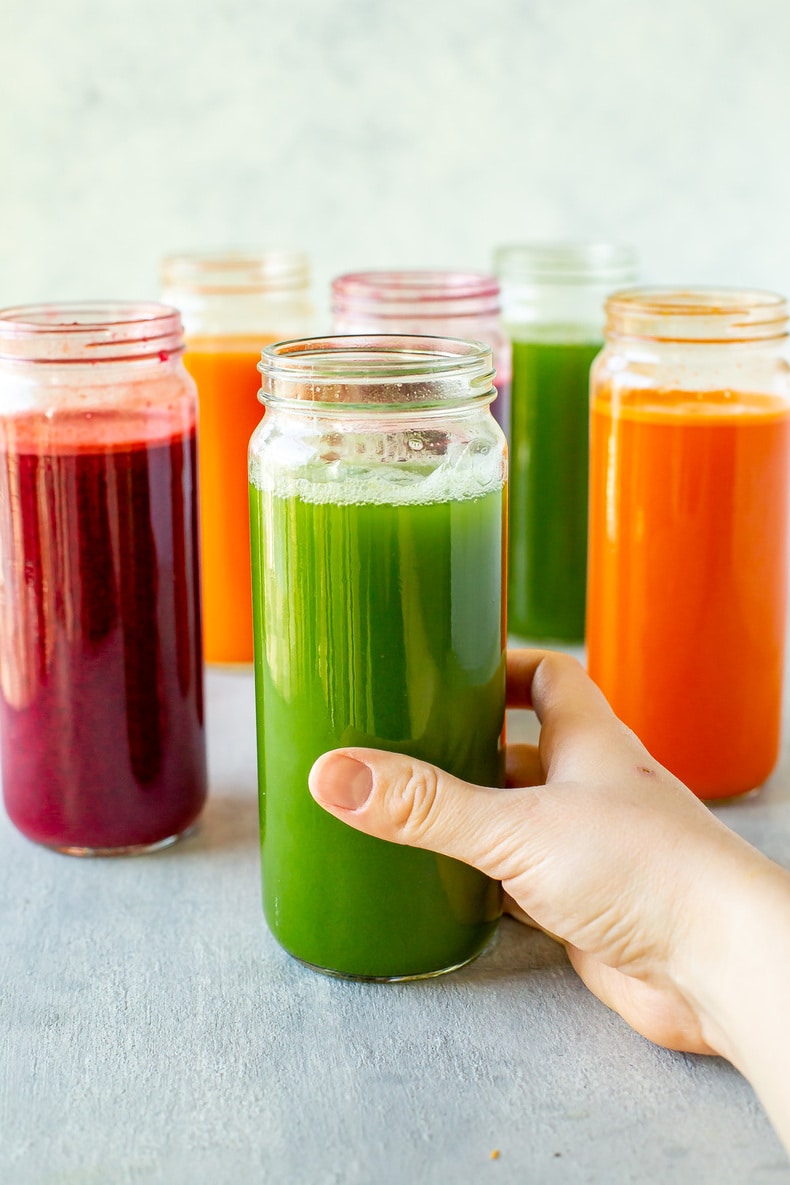
Fun Variations of Cold Pressed Juice Recipes
Experimenting with cold-pressed juice recipes can be exciting, offering endless possibilities for flavor and nutrition. Adding unique ingredients can transform your juice into a delightful treat. Let’s explore some fun variations that are sure to tantalize your taste buds.
Tropical Twist
For a refreshing tropical flavor, try combining pineapple, mango, and coconut water. This blend offers a sweet and hydrating experience. The natural sugars from the fruit provide a quick energy boost, perfect for starting your day.
Add a splash of lime juice to enhance the tropical notes and balance the sweetness. This juice is not only delicious but also packed with vitamin C and antioxidants. It’s like a mini-vacation in a glass!
Consider garnishing with a few mint leaves for an extra burst of freshness. Mint complements the tropical flavors, making the drink even more invigorating. Serve it chilled for maximum enjoyment.
Green Power
Green juices are a staple for health enthusiasts, offering a punch of nutrients. Combine spinach, cucumber, and green apple for a rejuvenating blend. This combination is rich in vitamins and minerals.
Add a hint of ginger for a spicy kick and digestive benefits. Ginger has anti-inflammatory properties, making it a valuable addition to any juice. This green power juice is perfect for boosting your immune system.
If you prefer a sweeter taste, include a pear or kiwi. These fruits enhance the flavor without overpowering the greens. Sip on this vibrant juice to feel refreshed and energized.
Berry Blast
Berries are not just tasty; they’re also full of antioxidants. Mix strawberries, blueberries, and raspberries for a berrylicious drink. This blend is naturally sweet and tangy.
Consider adding a banana for creaminess and extra potassium. Bananas make the juice smooth and filling, ideal for a midday snack. This berry blast juice is like a dessert in a glass!
To give it a zing, add a splash of lemon juice. The lemon enhances the tartness of the berries, creating a balanced flavor. Enjoy this colorful juice and relish its health benefits.

Frequently Asked Question
Cold-pressed juice recipes have gained immense popularity among health-conscious individuals. They offer a nourishing alternative to standard beverages by preserving more nutrients and enzymes. Here are some common questions experts often have regarding cold-pressed juices.
1. What distinguishes cold-pressed juice from traditional juice?
The primary difference lies in the extraction process. Cold-pressed juices are made using a hydraulic press, which extracts juice from fruits and vegetables without incorporating heat. This method retains more vitamins, minerals, and enzymes, offering a healthier option.
Traditional juicers often generate heat, which can degrade nutrients. Cold-pressed juices preserve the integrity and the original flavors of the ingredients, providing a fresh and genuinely nutrient-dense beverage.
2. How long can cold-pressed juice be stored?
The shelf life of cold-pressed juice is relatively short due to its natural state. Generally, it can be stored in the refrigerator for up to 72 hours. For optimal nutritional benefits, it is best consumed immediately after pressing.
To preserve freshness, store the juice in airtight glass containers and keep them refrigerated. Some commercial options may last longer due to additional pasteurization processes; however, this might affect the nutritional content.
3. Are there specific fruits and vegetables that are best for cold-pressed juice?
While most fruits and vegetables can be cold-pressed, some are particularly popular due to their high juice yield and flavor profile. Leafy greens like kale and spinach, coupled with sweet fruits such as apples and oranges, are excellent choices. Ginger, lemon, and cucumber are often included for their added health benefits and refreshing taste.
Experimenting with a variety of produce can lead to delicious and unique flavors. Personal preferences also play a role in selecting the best ingredients, with seasonal and local produce often offering the freshest and most flavorful options.
4. Can cold-pressed juice replace whole fruits and vegetables in my diet?
While cold-pressed juice is an excellent way to consume vitamins and minerals, it should not entirely replace whole fruits and vegetables. Juicing does not retain the fiber, which is essential for digestion and overall health. Whole fruits and vegetables provide dietary fiber that juices lack.
Incorporating both whole produce and juice into your diet ensures a balanced intake of nutrients and fiber. It’s best to view cold-pressed juice as a supplement rather than a substitute to your daily intake of healthy foods.
5. What are some creative ways to incorporate cold-pressed juice into meals?
Cold-pressed juice can be a versatile addition to various recipes. Use it as a base for smoothies, mix it with sparkling water for a refreshing spritzer, or even include it in salad dressings for added flavor and nutrition. It can enhance the nutritional profile of other dishes when used creatively.
Consider using cold-pressed juice as a marinade for meats or a flavorful ingredient in sauces and soups. Experimenting with juice in your cooking routine can lead to exciting, healthy culinary creations while adding depth and richness to ordinary dishes.
Juicing For Beginners – 3 Insanely GOOD Recipes
Embracing the Benefits of Cold Pressed Juice
The process and creativity behind cold-pressed juice recipes offer a unique blend of nutrition and flavor. By maintaining essential nutrients, these juices provide a fresh and natural way to boost health. Experts continue to recognize the advantages of integrating them into daily routines.
As you explore various combinations, the potential health benefits are immense, making it a worthwhile addition to any diet. The versatility and richness of cold-pressed juices open new culinary possibilities. Embrace this vibrant approach to nourishment, enhancing both health and culinary experiences.

